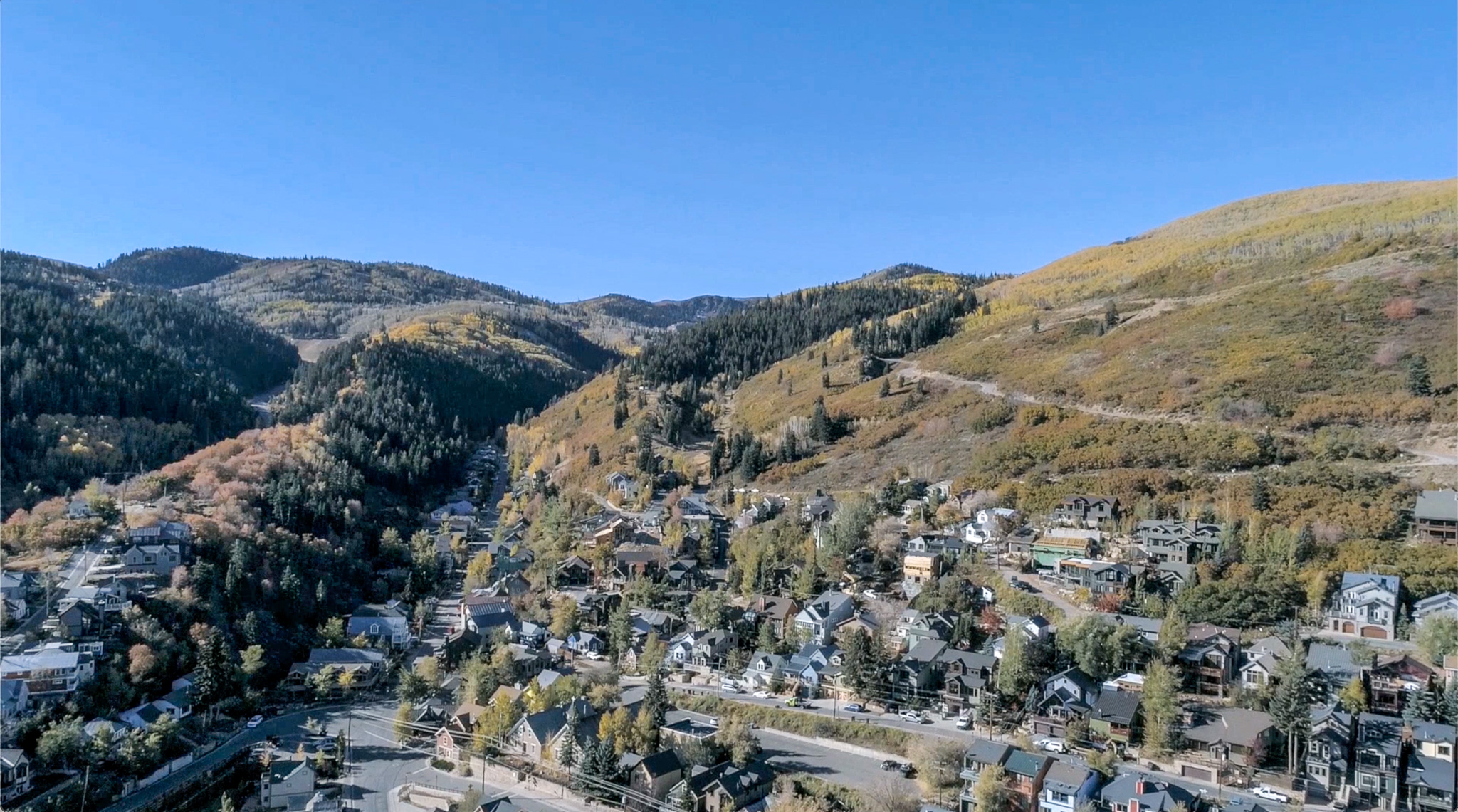Blog
What is an HOA Reserve Study?
Posted on April 26, 2023 4 min read
4 min readWhat is an HOA Reserve Study? And why does your community need it?
If you own a home in a community governed by a homeowners association (HOA), you have probably heard the term “reserve study.” But what exactly is an HOA reserve study, and why is it important for you as a homeowner?
WHAT IS A RESERVE STUDY?
An HOA reserve study is a comprehensive analysis of the community’s physical assets and financial standing. It is conducted by a professional reserve study company or consultant, and its purpose is to determine the amount of money the HOA needs to set aside in a reserve fund to cover future repairs, replacements, and maintenance of common property.
The reserve fund is essentially a savings account that the HOA can use to plan for future capital repairs or upgrades, or when unexpected capital expenses arise, such as a broken roof or a damaged swimming pool. By setting aside funds for these future expenses, the HOA can ensure that it will have the resources to cover the costs without having to ask homeowners to pay special assessments or take out loans.
In order to fully understand the purpose of the reserve fund, it is important to note the difference between capital expenses and operating expenses. A homeowners association’s capital expenses are larger, common area assets that need to be repaired or replaced over multiple years, such as roofs, fire suppression systems, siding, roads/driveways, and so on. Operating expenses account for regular, ongoing costs incurred by normal operations of the community, such as landscape contracts, snow removal contracts, pool/hot tub maintenance contracts, and so on. Operating expenses must come out of the operating budget, separate from the reserve fund.
WHAT DOES A RESERVE STUDY ENTAIL?

The reserve study typically includes a physical inspection of the community’s common areas, such as the buildings, parking lots, sidewalks, and recreational facilities. The inspector will assess the condition of these assets and estimate their remaining useful life. Based on this information, the reserve study will provide a schedule of anticipated repair and replacement expenses over the next 20 to 30 years.
In addition to the physical assessment, the reserve study will also include a financial analysis of the HOA’s current reserve fund balance and its funding plan. The funding plan outlines how much money the HOA should contribute to the reserve fund each year to ensure that it has enough money to cover future expenses. The plan takes into account the community’s projected expenses, the remaining useful life of its assets, and the expected rate of inflation.
HOW OFTEN SHOULD A RESERVE STUDY BE DONE?
Many states require reserve studies be performed at certain intervals. For example, Utah has laws in place concerning reserve studies for homeowners associations. According to Utah Code Section 57-8-7.5, the board must perform a reserve study every six years and update the report at least every three.
Legal requirements aside, a reserve study is typically updated every three to five years to ensure that the HOA’s funding plan remains accurate and up-to-date. If significant changes occur in the community’s physical assets or financial situation, the reserve study may need to be updated more frequently.
WHY IS A RESERVE STUDY IMPORTANT FOR YOUR COMMUNITY?
So why is an HOA reserve study so important? For one thing, it helps ensure the long-term financial health of the HOA. By setting aside funds for future expenses, the HOA can avoid the need for special assessments or loans, which can be a burden on homeowners.
An HOA reserve study can also help protect property values in the community. When potential buyers are considering a home in an HOA community, they will likely ask about the reserve fund and the HOA’s financial stability. If the reserve fund is underfunded or the HOA is in poor financial shape, it could be a red flag for buyers and could lower property values in the community.
Finally, an HOA reserve study can help prevent deferred maintenance. When an HOA does not have enough money in its reserve fund to cover necessary repairs or replacements, it may be tempted to delay these projects. However, deferring maintenance can lead to more expensive repairs down the road and can ultimately result in the need for a special assessment.
An HOA reserve study is a critical component of responsible HOA management. By conducting a physical and financial assessment of the community’s assets, the reserve study can help ensure the HOA’s long-term financial health, protect property values, and prevent deferred maintenance. Homeowners should familiarize themselves with the reserve study process and ask their HOA board for a copy of the most recent reserve study report.
Homeowners associations in the Park City, Utah region are in luck. Sea to Ski Property Management is one of the premier HOA Management providers along the Wasatch Back. We expertly coordinate and guide the associations we manage through the reserve study process as part of our extensive HOA Management service offerings. Contact us today to learn more about how Sea to Ski can provide your community with the best HOA management possible.